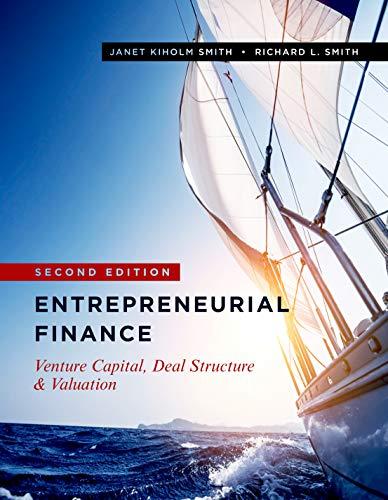Question
1a. Suppose that the current one-year rate (one-year spot rate) and expected one-year T-bill rates over the following three years (i.e., years 2, 3, and
1a. Suppose that the current one-year rate (one-year spot rate) and expected one-year T-bill rates over the following three years (i.e., years 2, 3, and 4, respectively) are as follows: 1R1 = 0.3%, E(2r 1) = 1.3%, E(3r1) = 10.4%, E(4r1) = 10.75% Using the unbiased expectations theory, calculate the current (long-term) rates for one-, two-, three-, and four-year-maturity Treasury securities. (Round your answers to 3 decimal places. (e.g., 32.161))
1b.The Wall Street Journal reports that the rate on four-year Treasury securities is 1.3 percent and the rate on five-year Treasury securities is 2.8 percent. According to the unbiased expectations hypotheses, what does the market expect the one-year Treasury rate to be four years from today, E(5r1)? (Do not round intermediate calculations. Round your answer to 2 decimal places. (e.g., 32.16))
1c.Assume the current interest rate on a one-year Treasury bond (1R1) is 1.69 percent, the current rate on a two-year Treasury bond (1R2) is 1.85 percent, and the current rate on a three-year Treasury bond (1R3) is 1.96 percent. If the unbiased expectations theory of the term structure of interest rates is correct, what is the one-year interest rate expected on T-bills during year 3 (E(3r1) or 3f1)? (Do not round intermediate calculations. Round your answer to 2 decimal places. (e.g., 32.16))
1d.Calculate the future value of the following annuity streams: a. $8,000 received each year for 5 years on the last day of each year if your investments pay 6 percent compounded annually. b. $8,000 received each quarter for 5 years on the last day of each quarter if your investments pay 6 percent compounded quarterly. c. $8,000 received each year for 5 years on the first day of each year if your investments pay 6 percent compounded annually. d. $8,000 received each quarter for 5 years on the first day of each quarter if your investments pay 6 percent compounded quarterly. (For all requirements, do not round intermediate calculations. Round your answers to 2 decimal places. (e.g., 32.16))
a. Future Value:
b. Future Value:
c. Future Value:
d. Future Value:
Step by Step Solution
There are 3 Steps involved in it
Step: 1

Get Instant Access to Expert-Tailored Solutions
See step-by-step solutions with expert insights and AI powered tools for academic success
Step: 2

Step: 3

Ace Your Homework with AI
Get the answers you need in no time with our AI-driven, step-by-step assistance
Get Started


